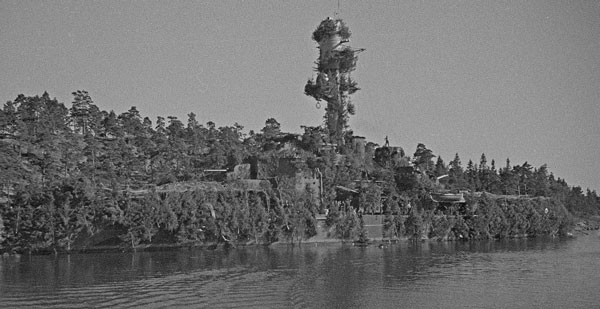Dutch warship HNLMS Abraham Crijnssen blending in with the environment (1942)
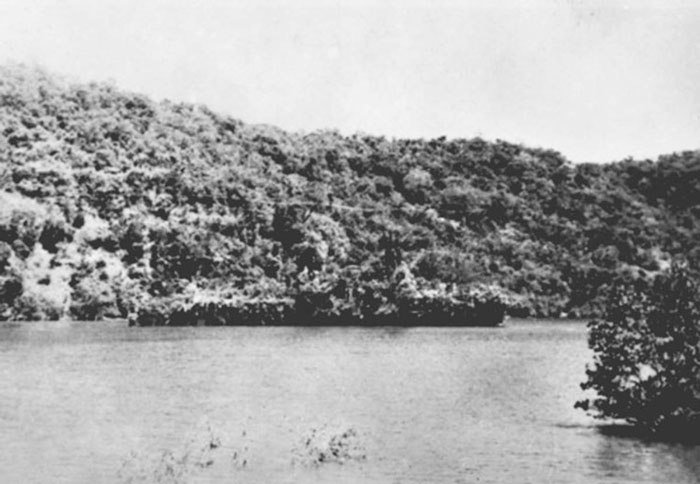
Photo credit: Wikimedia Commons
During World War II, the Japanese fleet completely crushed a combined Dutch-American-Australian-British fleet at the Battle of the Java Sea. The victorious Japanese then occupied the entire Netherlands East Indies.
With four Dutch warships survived the Japanese onslaught, they decided to try to escape to Australia. But the huge problem was that the surrounding seas were full of Japanese warships and the skies swarming with Japanese planes. The chances of sailing through 1,000 miles of hostile ocean to safety were slim.
While trying to escape, three of the warships were sunk by the Japanese within days. The only remaining survivor was the HNLMS Abraham Crijnssen — the last Dutch warship standing.
The last warship could get up to only about 15 knots and had very few guns, a single 3-inch gun and two Oerlikon 20mm cannons. Compared to sleek fast bombers looking for them, the warship was a sitting duck. But despite all the odds against them, the brilliant captain of HNLMS Abraham Crijnssen came up with a crazy scheme. It might or might not work, but they went for it. They disguised the entire warship as a small island.
The crew used foliage from island vegetation and gray paint to make the warship’s hull look like rock faces. Now, a camouflaged vessel in serious trouble is better than a completely exposed ship.
To avoid detection from Japanese patrolling relentlessly around the area, the island-disguised warship moved only at night and during daylight hours, they blended in with the thousands of other tiny islands around Indonesia. The Japanese didn’t even notice the moving island. Their ingenious tactic saved them from enemy attack.
The crew went on to cut down trees and set them up on the deck to look like a jungle canopy.
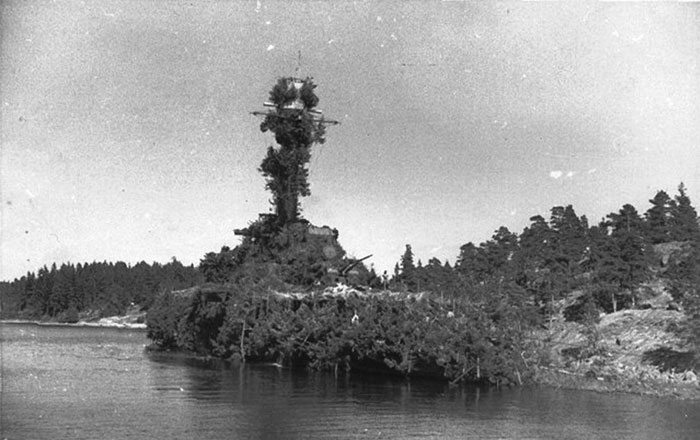
Photo credit: Wikimedia Commons
The warship with its ingenious captain and crew managed to go undetected by Japanese planes and avoid the destroyer that sank the other Dutch warships. They survived the heart-pumping 8-day journey to Australia and reuniting with the Allied forces.
When the warship was back to its operational service under the Australian Navy flag, it detected a submarine, while escorting a convoy to Sydney through the Bass Strait, in January 1943. Together with the Australian HMAS Bundaberg, they depth charged the submarine.
The warship finally returned to Royal Netherlands Navy service in May 1943. Abraham Crijnssen ended its World War II career as a minesweeper that was responsible for clearing mines in Kupang Harbor before the arrival of an RAN force to accept the Japanese surrender of Timor.
Vertical surfaces were painted to look like rock cliffs.
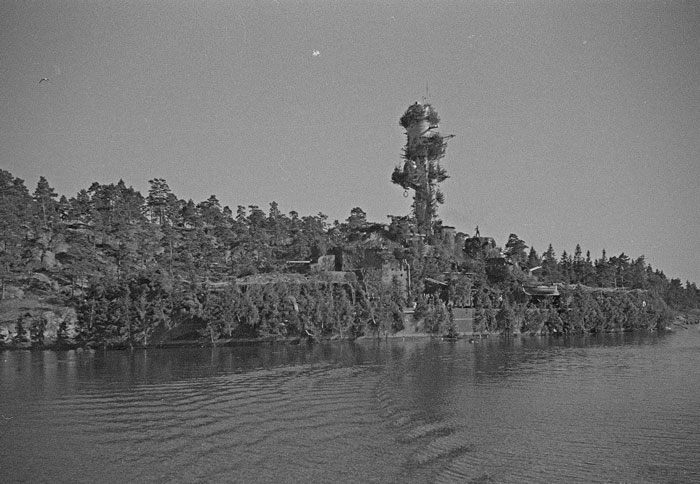
Photo credit: Wikimedia Commons
After 8 days, the ship reached Australia and fought with the Allies until the end of the war.
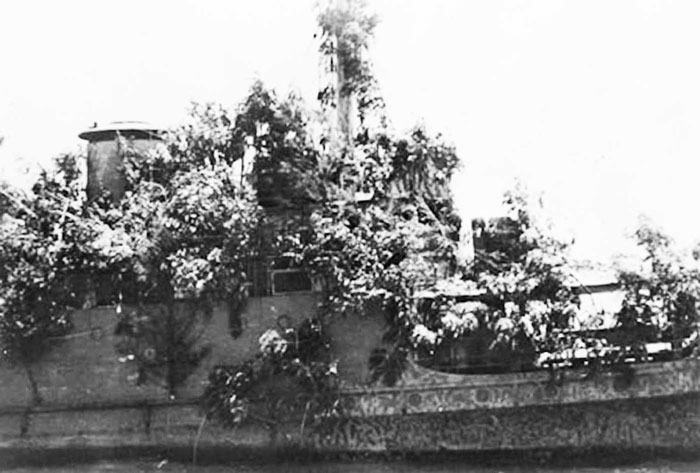
Photo credit: Wikimedia Commons

